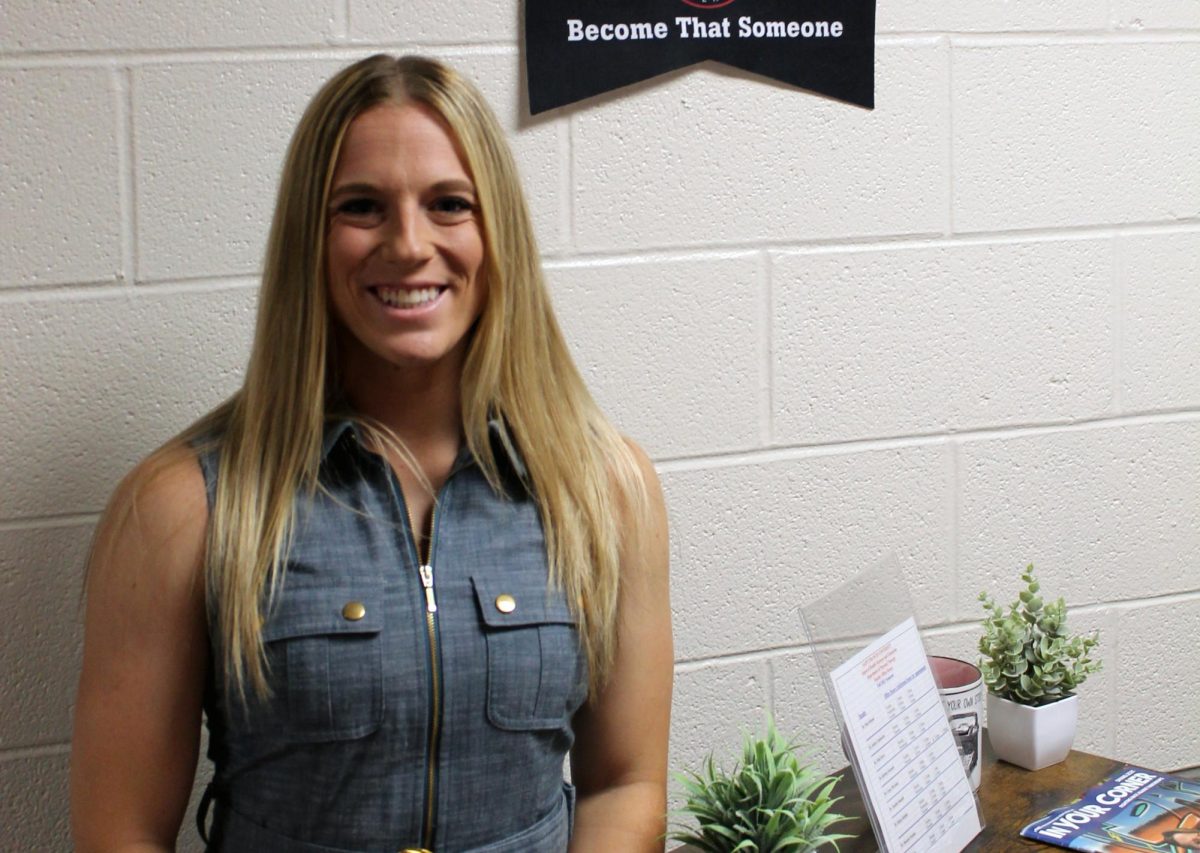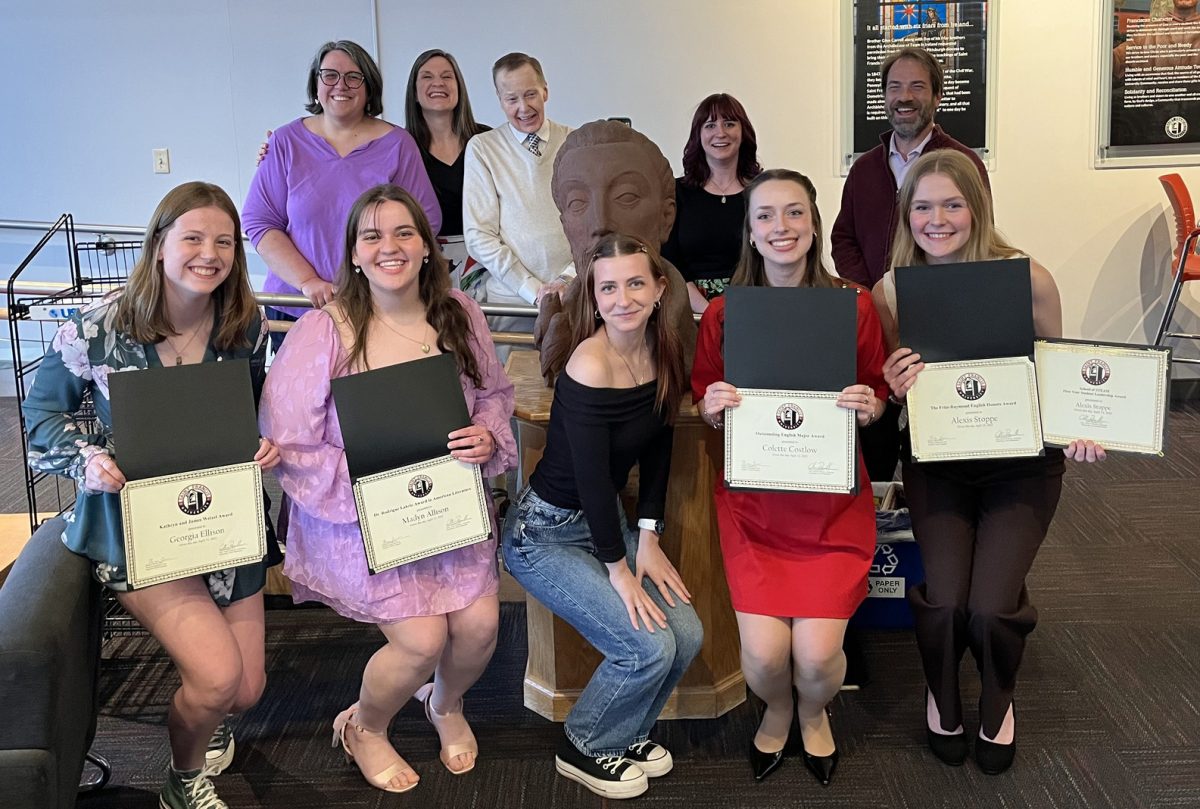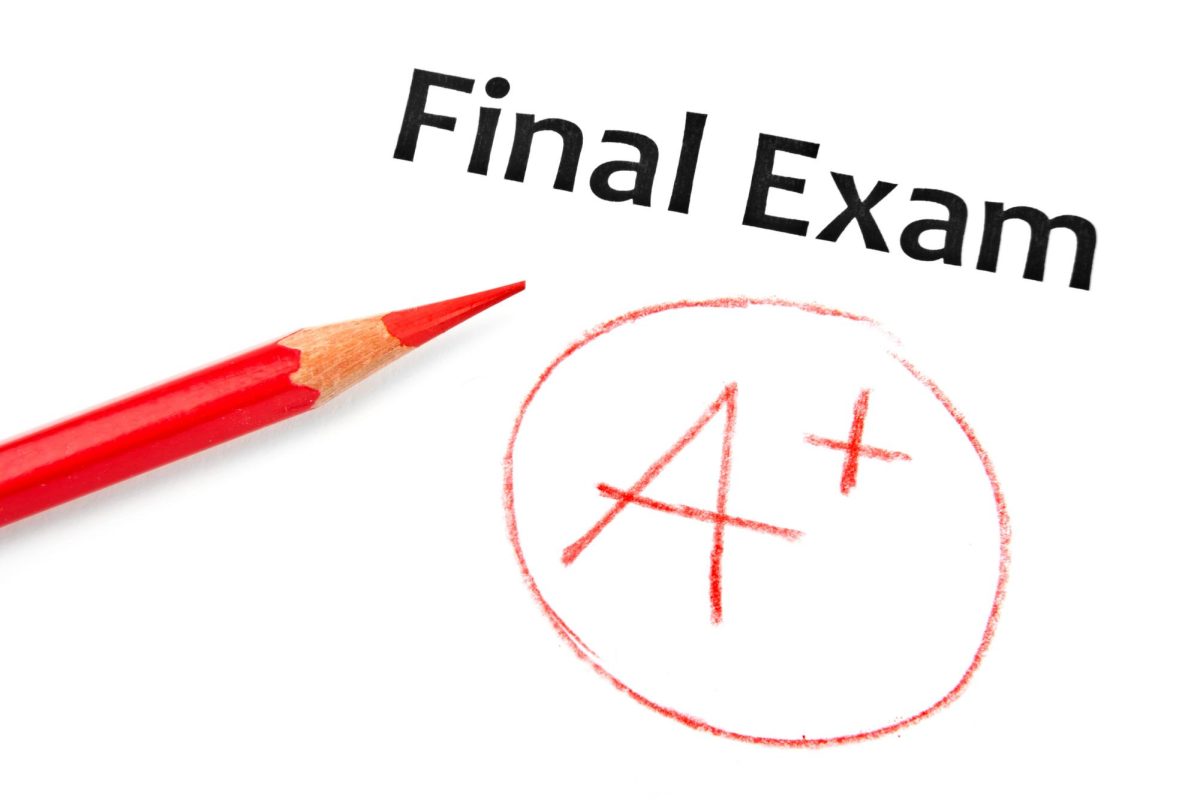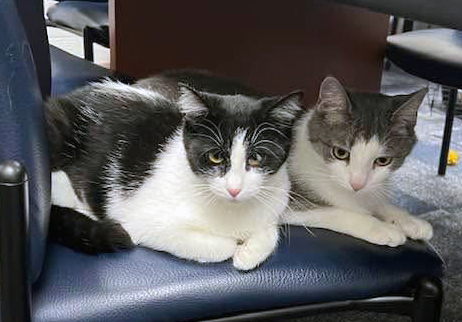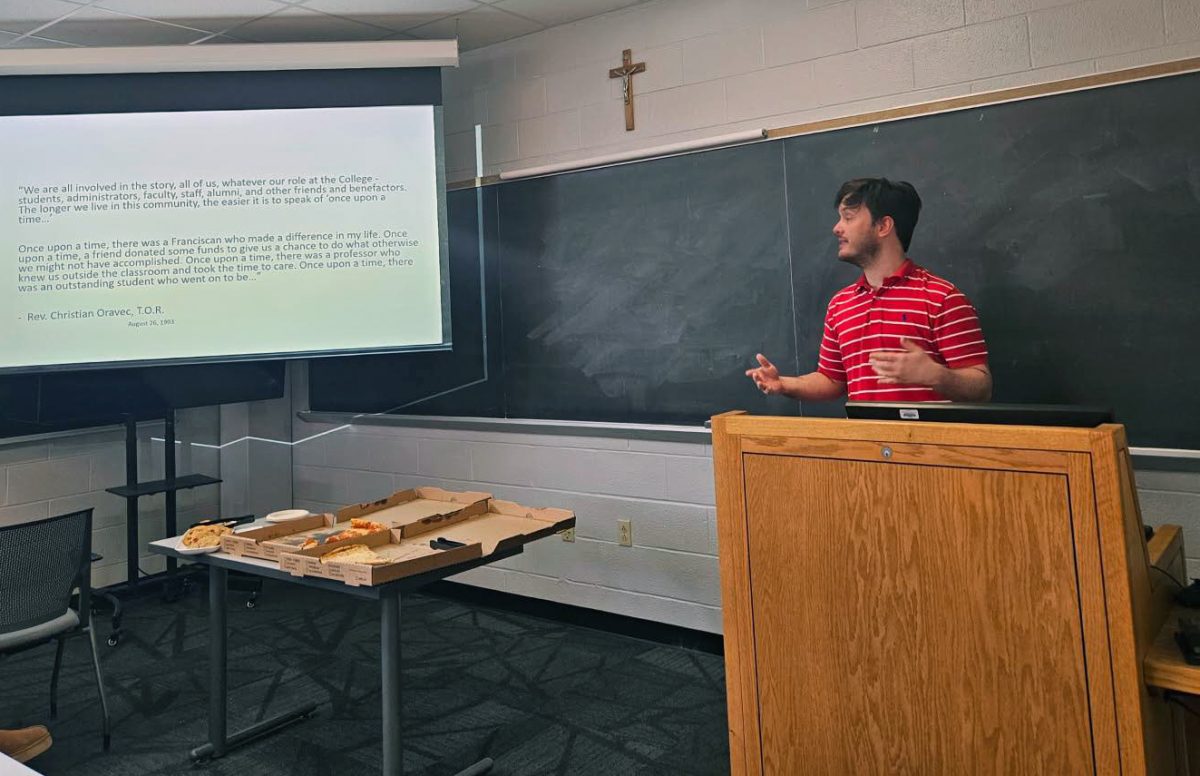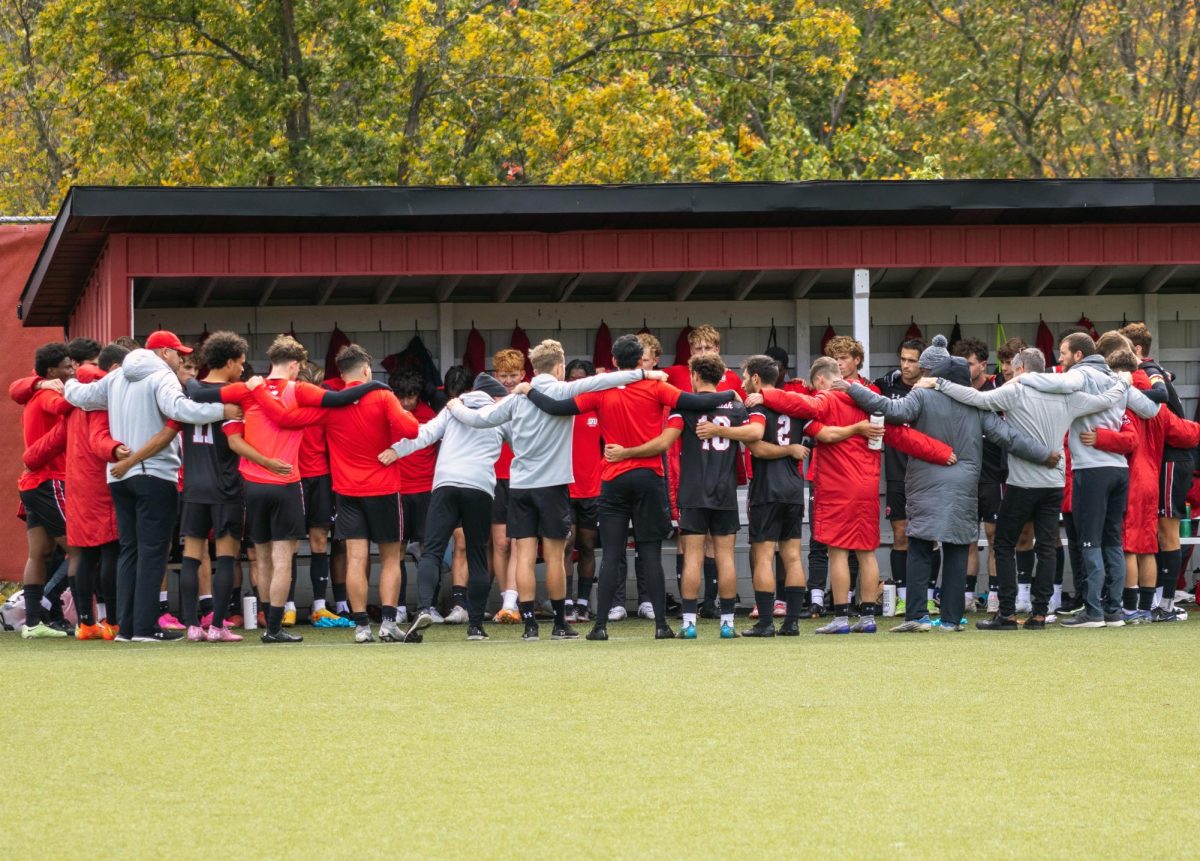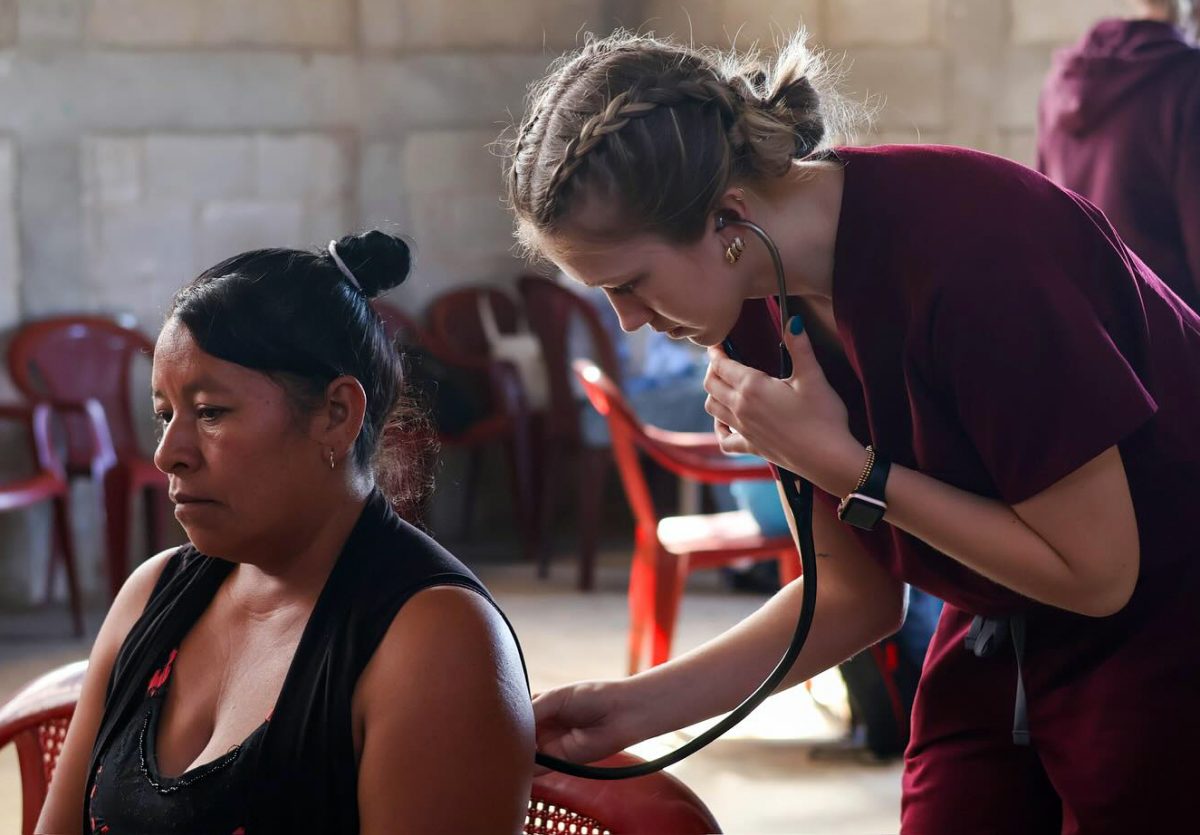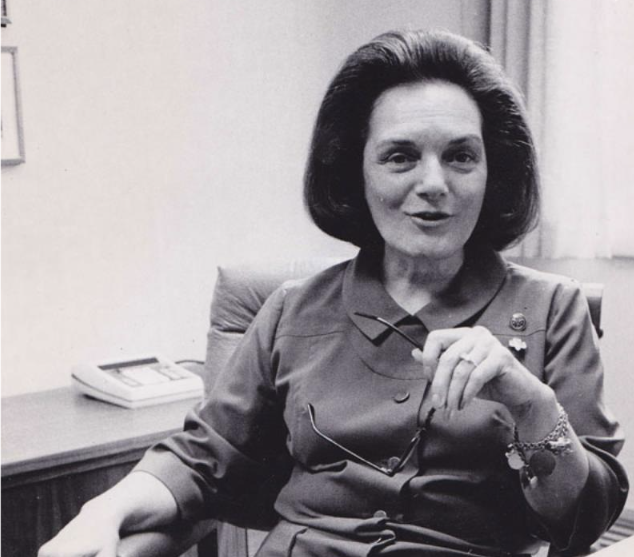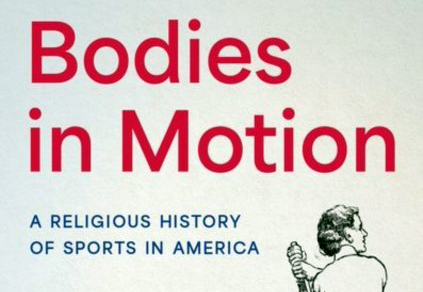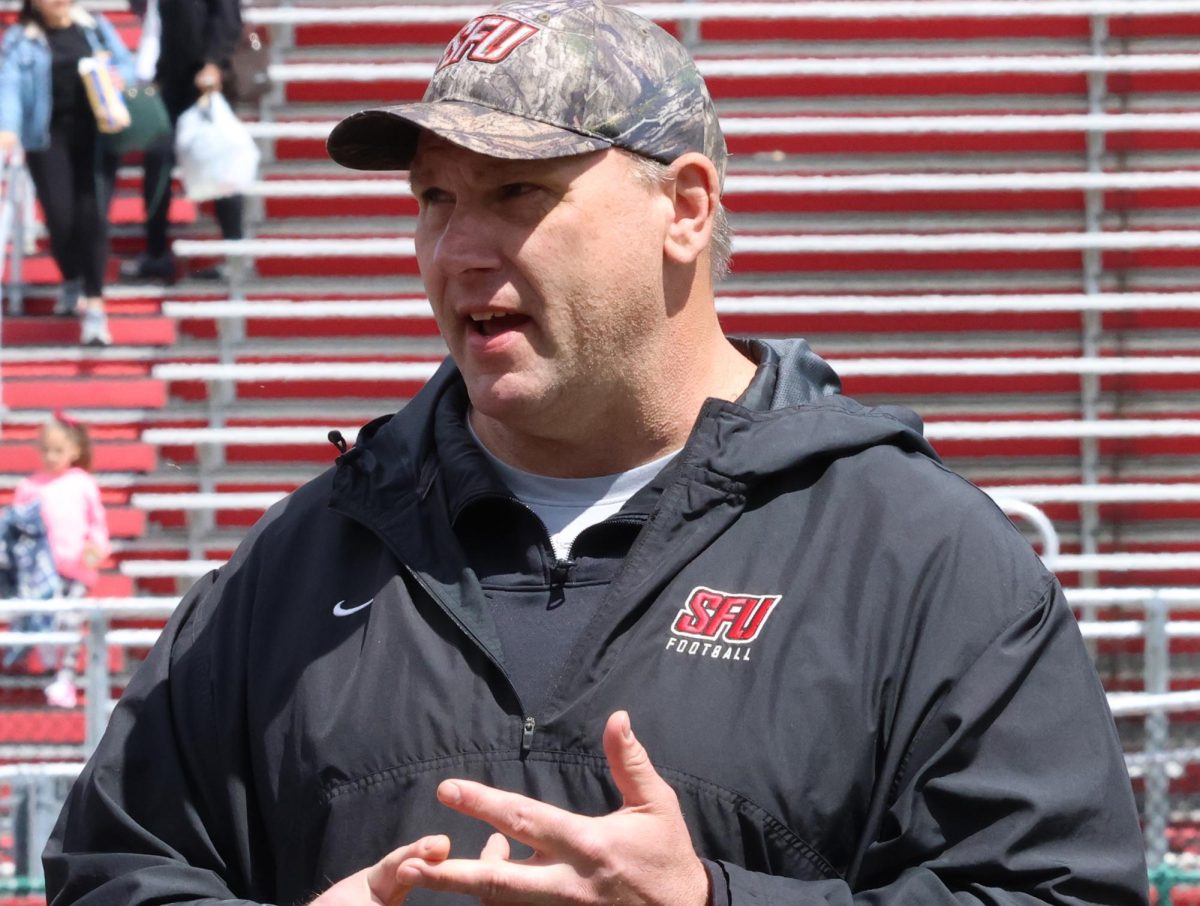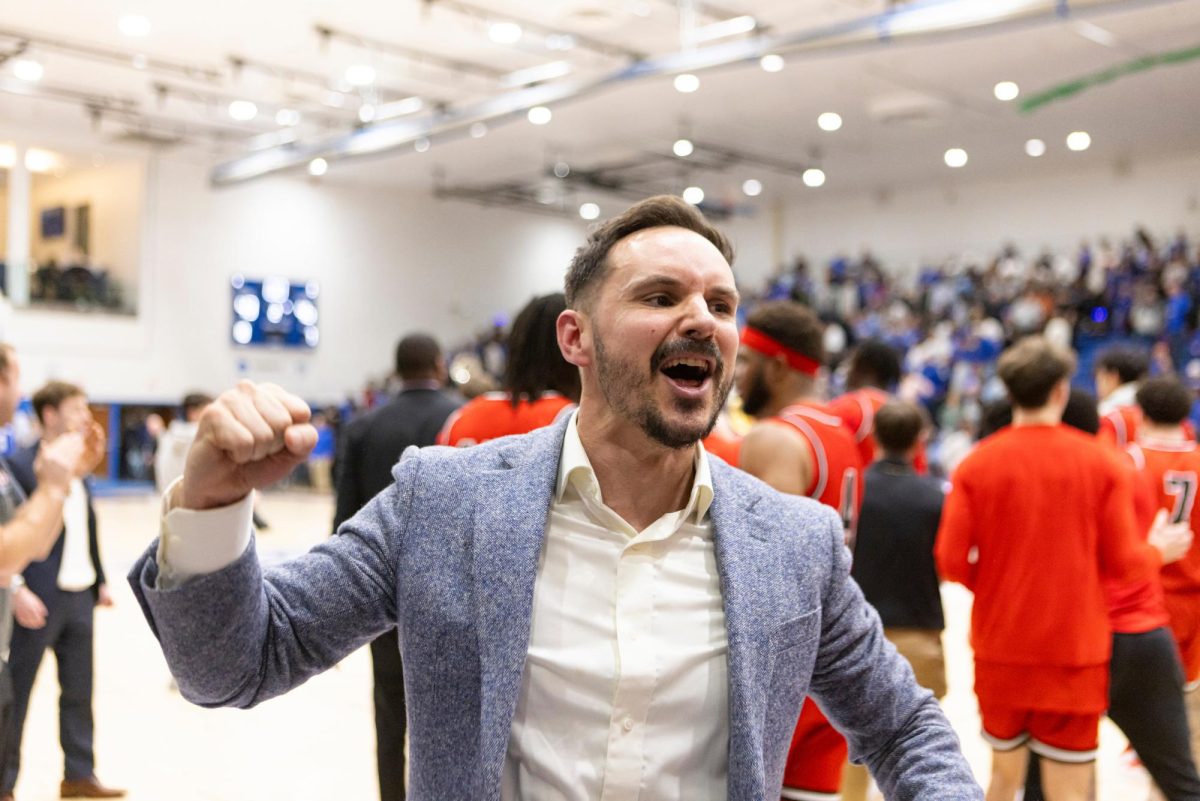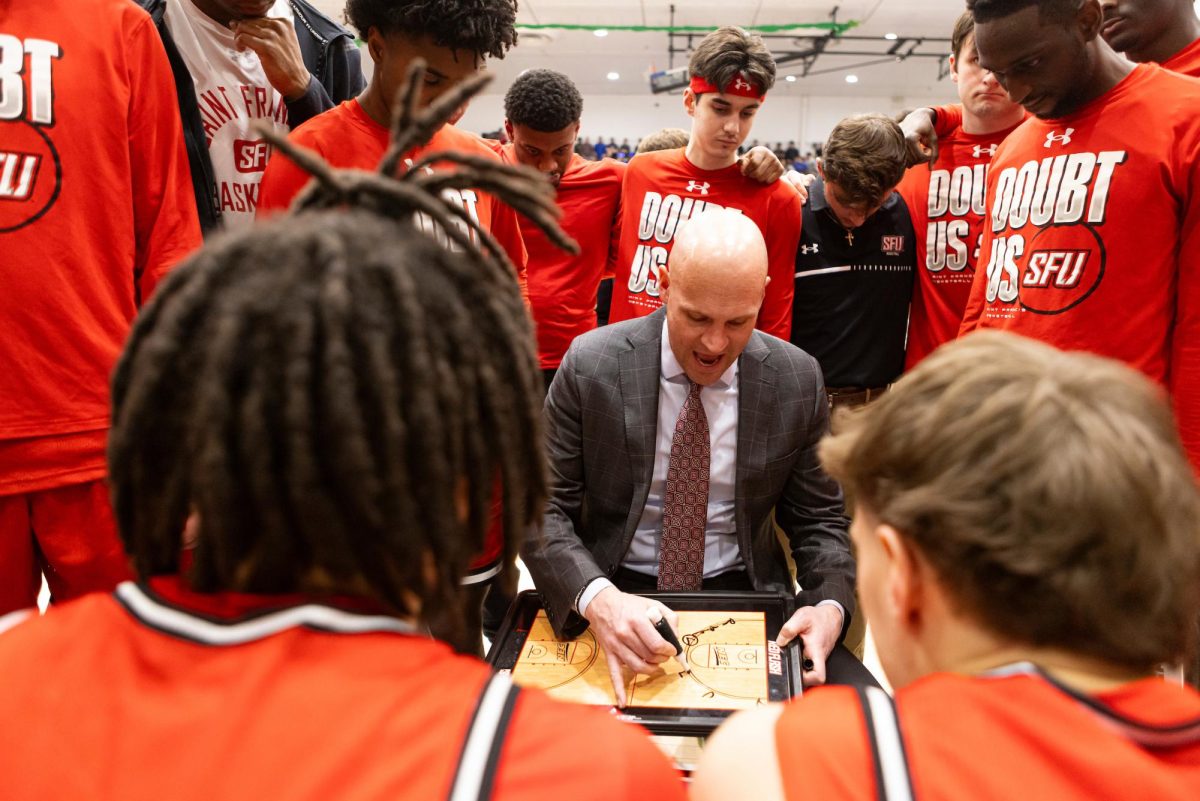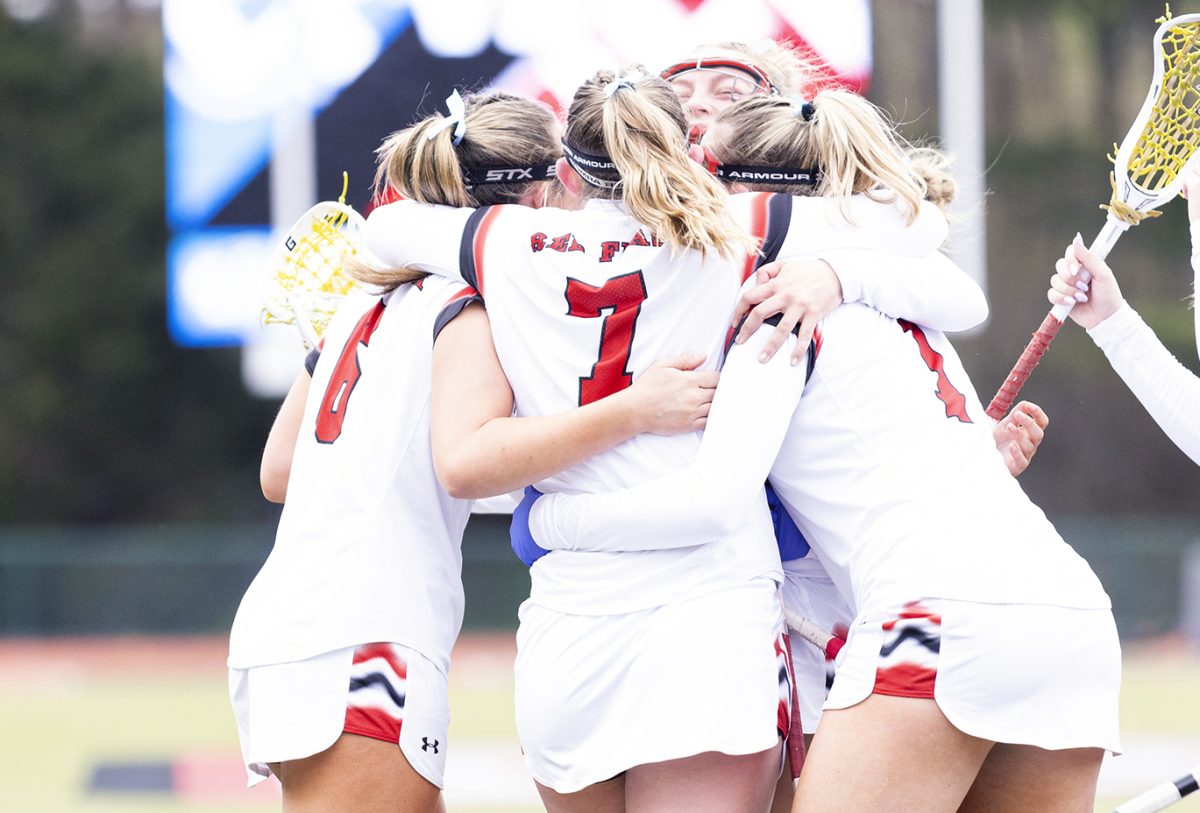When Michelle Stehman reflects on her time as an anatomy and physiology lab instructor at Springfield College, one memory sticks with her.
A student in her lab who was retaking the course confided to Stehman that she had a learning disability, making it difficult for her to understand certain concepts.
Stehman was able to work closely with this student and provide additional examples in class, allowing her to successfully pass the course – something she was unable to do the semester prior.
“That was one of the first instances in teaching that I realized the importance of understanding who your students are,” said Stehman. “Just because someone failed a class once doesn’t mean that they are a bad student.”
Stehman is a first-year faculty member in the University’s Exercise Physiology Department and one of five new full-time faculty members at SFU this fall.
This experience, along with others as both a course instructor and athletic trainer, paved the way for Stehman to not only fall in love with exercise physiology, but also to use her athletic training background to find unique ways for her students to learn.
Born and raised just outside of Philadelphia, Stehman grew up playing softball and soccer and running track. Wanting to work with athletes, she completed a bachelor’s degree in Athletic Training at Eastern, a master’s degree in Athletic Training at West Chester and a doctoral degree in Exercise Physiology at Springfield.
“When I was working as a preceptor at West Chester, I had a senior student who kept making comments that I should be a teacher,” said Stehman, who also serves as the Exercise Physiology Internship Coordinator. “I told myself that if I applied for my Ph.D. and got in, I would do it.”
Having the opportunity to teach multiple classes during her graduate studies at Springfield, Stehman realized that she preferred teaching over athletic training. She said wanted to return to Pennsylvania and teach at a faith-based institution after earning her doctorate.
Her research interests include hydration, sweat, exercise-associated hyponatremia and thermoregulation. Although she enjoys looking at the exercise physiology research components more than athletic training, she believes that the two fields have a strong connection to each other.
“Exercise physiology tends to explain the why, but athletic training is more about the practical application,” said Stehman. “When I am teaching about muscles, for example, I can explain why a muscle is cramping, but I can then take that and relate it to an example that I think a lot of athletes and students can relate to.”
Stehman said she is focused on making her classes not only educational for her students, but also fun for them.
“I want students to come to my classes and I want students to look forward to learning again.”
